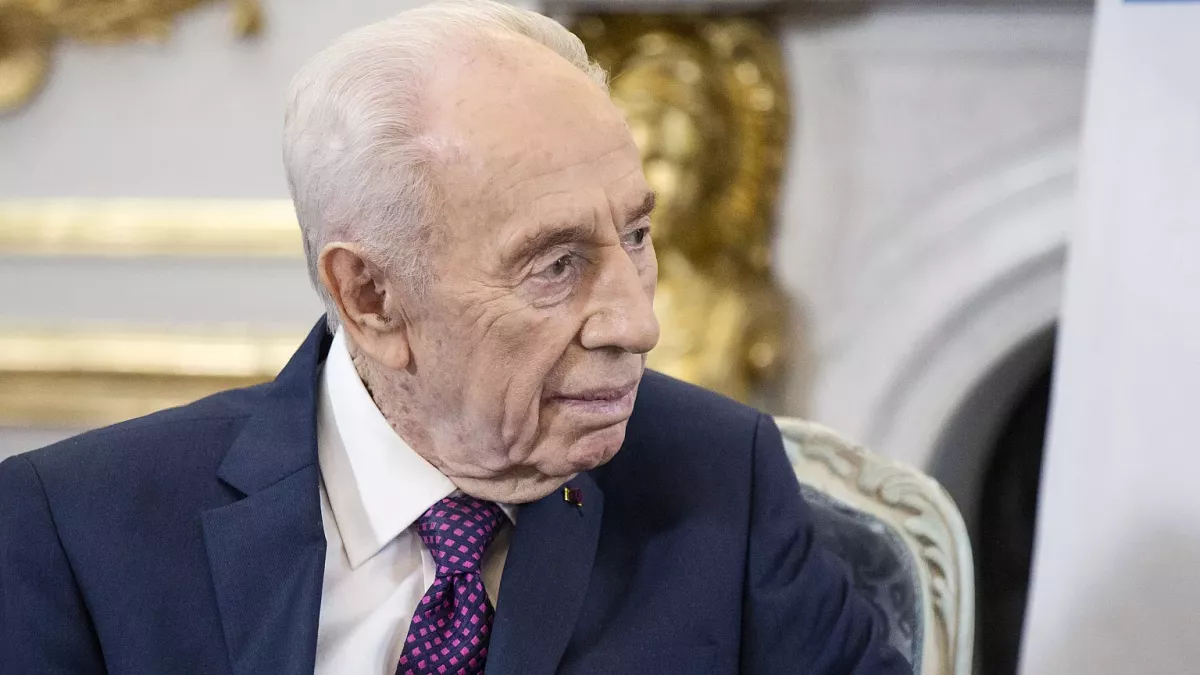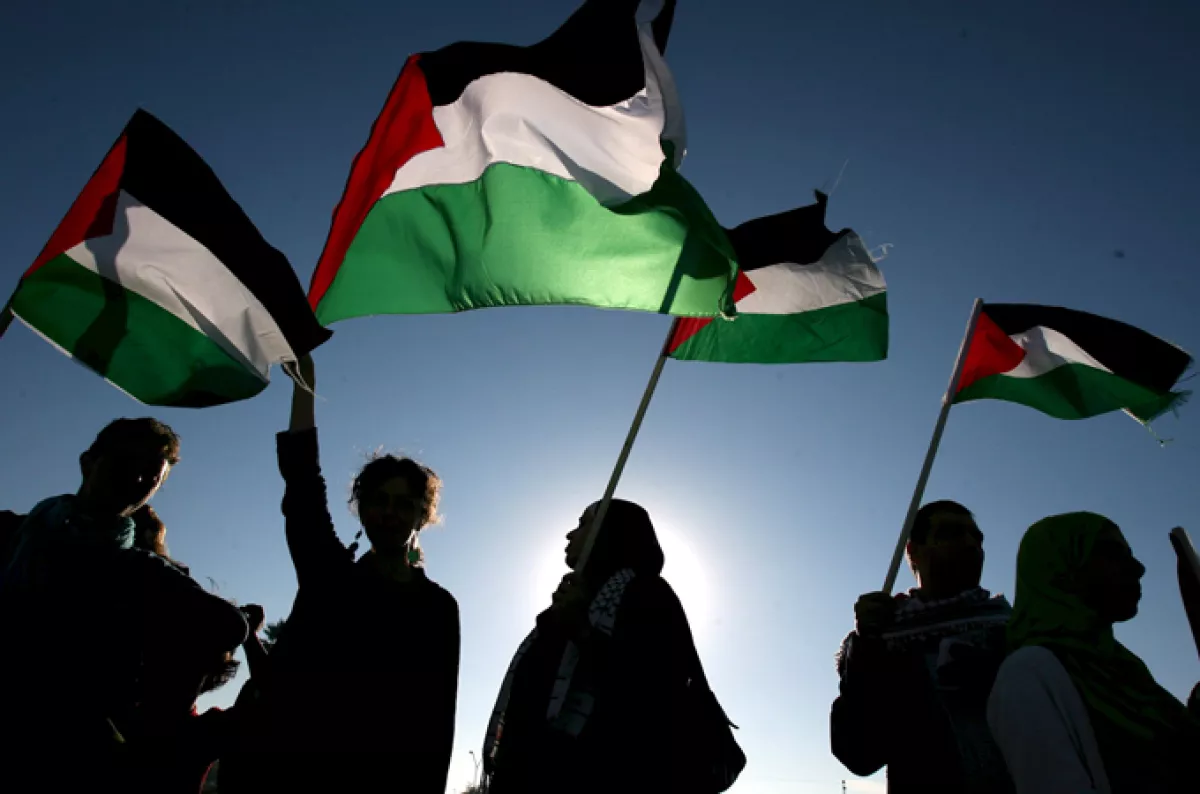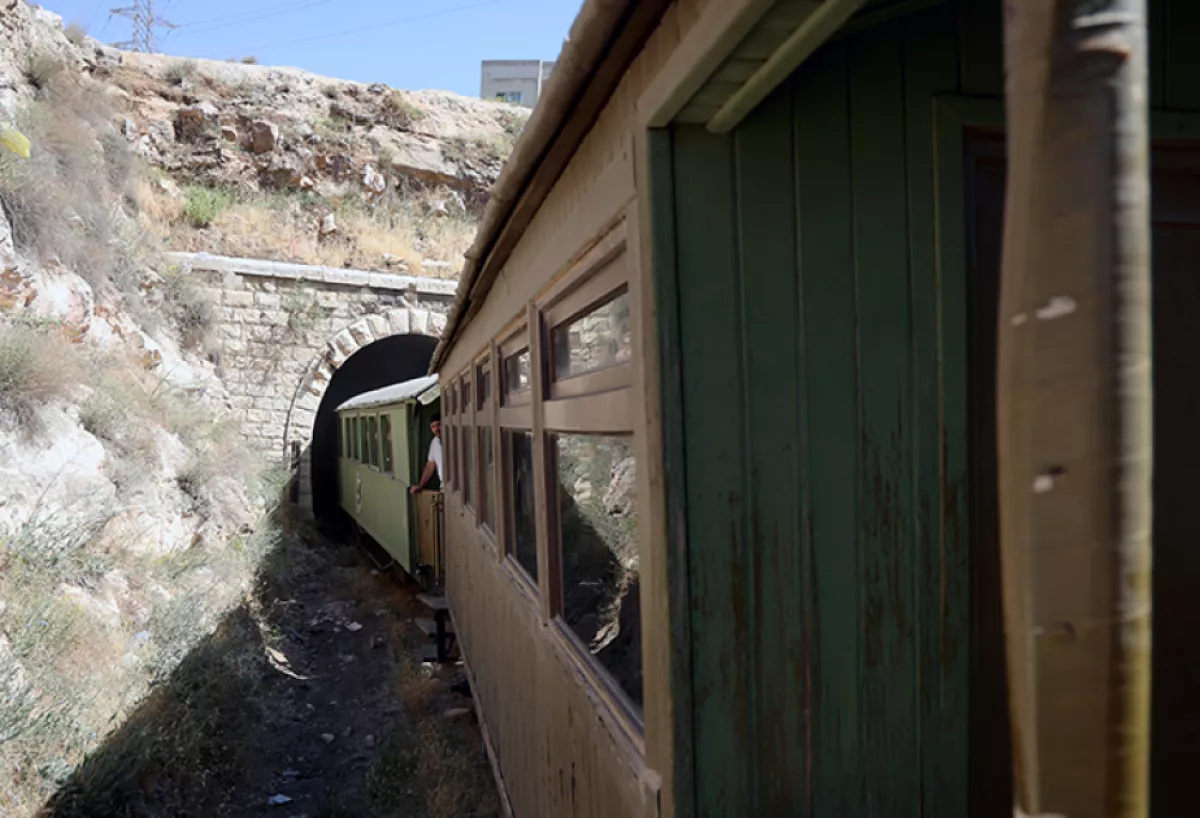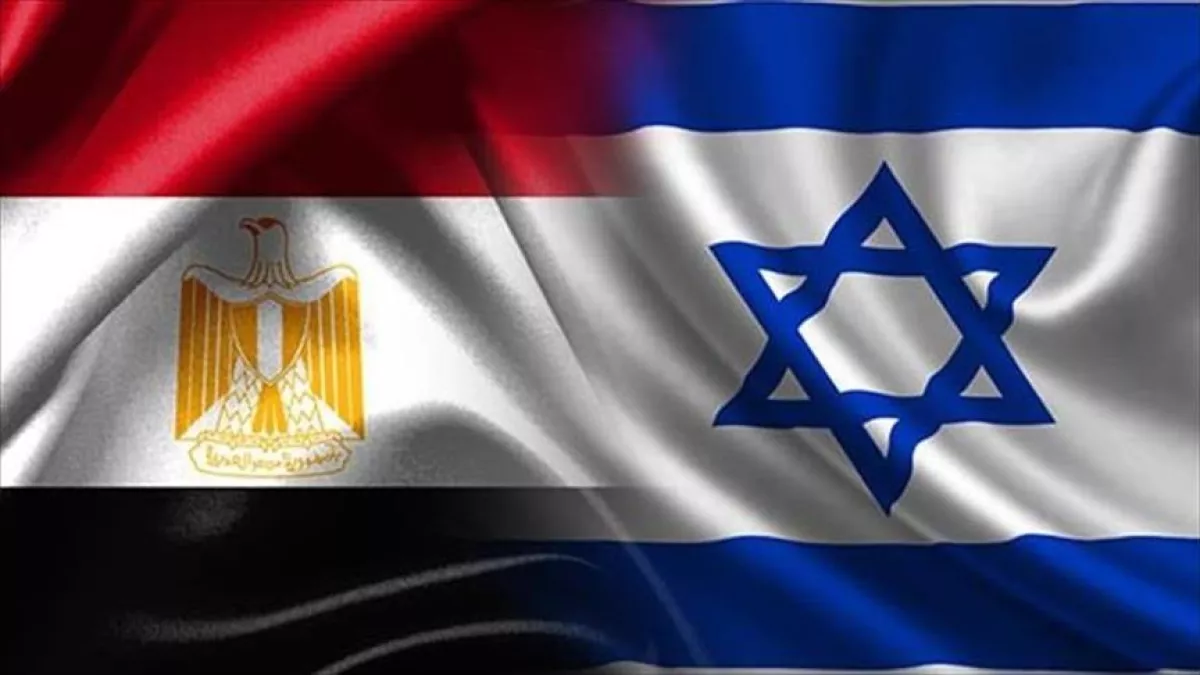Shimon Peres and the vision of a New Middle East Turning deserts into gardens
References to the contours of the “New Middle East” are increasingly common today. And this is no exaggeration — the discussion is not merely about the region’s future prospects, but about its emerging political and strategic format. Yet, despite the frequent usage of this term, its exact meaning often remains unclear. Perhaps only the U.S. president has personally sketched the outlines of what he envisions, once describing it as a “Riviera of the Middle East.”

In this context, it is worth looking back 32 years. In 1993, former Israeli president and two-time prime minister Shimon Peres published a book titled The New Middle East. This work marks the early emergence of the “new” perspective on the region, long before it became part of today’s discourse. The key question, however, is what this experienced statesman and political thinker intended by the concept — and not merely in geographical terms. More importantly, to what extent are the region and the world ready to embrace and realise Shimon Peres’ vision?
Some aspects of this topic have already been touched upon in our previous material, but this time we decided to turn to Peres’ thoughts in greater detail — especially in light of today’s events in the region and beyond.
In the preface to the Russian edition of his book in 1994, Peres defined the Middle East as a link situated at a historic crossroads, where the fate of future generations of the region’s peoples must be decided.
According to him, given the intersection of the Middle East’s destiny with global historical processes, it is important for all parties to forget the past in the name of the present, since the past cannot be allowed to recreate stagnant stereotypes that hinder the forging of new paths.

Peres emphasised that at the heart of the main Middle Eastern conflict lies the “Palestinian question.” He stressed the importance of all parties recognising the futility of war: “The Arabs cannot defeat Israel on the battlefield and that Israel cannot dictate the conditions for peace to the Arabs.” Any war that is initiated, he argued, would be unnecessary — it would lead to enormous human losses, endless suffering, and such material and environmental damage that vast areas of the region would turn into barren desert.
The experienced and pragmatic Shimon Peres was spot on: there would be no winner in such a war, but the damage would be unprecedented. “The heads of soldiers, exhausted both morally and physically, returning home with scars on their souls and bodies, will not be crowned with laurels,” he wrote.
Peres went on to specify that, to prevent such a scenario, the issue must be addressed not in terms of territory, but in terms of “our future relations with the people living on these lands.” After all, supporters of territorial annexation are, in effect, implying “the annexation of its people, with all the long-term demographic and political consequences for the future of Israel as a state.” Therefore, he argued, it is essential to lay the foundation for the happiness of all peoples of the region, where the key to security lies in politics and economics.
In this context, Shimon Peres proposed the idea of a regional economy, envisaging the gradual creation of a community of states largely similar to the European Community. Essentially, he was speaking — using modern terminology — about regionalisation, within which international consortia could be formed to implement large-scale projects requiring significant investment. At the same time, according to his vision, official institutions of the regional community, transport and communication infrastructure, as well as the tourism sector, should develop in parallel.
As examples, Peres cited the construction of a canal between the Red and Dead Seas, with subsequent development of free trade and tourism along its shores; the creation of a seaport jointly operated by Israel, Jordan, and Saudi Arabia; the construction of hydroelectric power stations; and the accelerated development of industry along the Dead Sea.

He also did not overlook the restoration of the Hejaz Railway (HR), which operated until 1948, running from Medina in the south through the Jordan Valley to Damascus in the north, with a branch to Haifa. According to Israeli estimates, Peres noted, the railway could be restored in just six months (as a side note, in September of this year, the transport ministers of Türkiye, Syria, and Jordan reached an agreement to restore the HR).
Alongside the development of the railway network, Peres proposed implementing high-speed highway systems: the first would cross the Middle East from North Africa to Europe along the coast (through Egypt, Israel, Lebanon, Syria, and Türkiye); the second would connect North Africa with Iraq and the Persian Gulf; and the third would unite a series of roads linking Gaza with Hebron, Jerusalem with Amman, Haifa with Mafraq (in Jordan), and Haifa with Damascus.
As a result, all countries in the region would gain free access to the main ports on the Mediterranean and Dead Seas, while enterprises in light industry, commercial and cultural centres, entertainment facilities, and administrative services would be located in free-trade zones.
According to Shimon Peres, the implementation of such projects would open new horizons for all countries in the region and foster a genuine interest in maintaining peace, which always goes hand in hand with tourism and offers enormous opportunities. Moreover, as he wrote, after the final conclusion of peace, national borders will become open.

In concluding his reflections, Peres emphasised that at the present stage there are no other reliable means of national defence except a broad regional agreement. In this light, it is necessary to decide once and for all — as Israel and Egypt did: no more war. To achieve that, it is necessary to tear down the barriers of hatred, preventing new bloodshed, the creation of orphans who have lost their parents, and widows who weep.
“War solves no problems,” Shimon Peres wrote, “peace does.” Only the achievement of peace between Israel, the Arab states and the Palestinians will eliminate a serious, if not the most dangerous, source of tension. Then, instead of scenes of bloodshed and tears, there will be scenes of peaceful, beautiful and happy life.
Peres posed the key question: What will we choose — the path engulfed in tongues of flame, clouds of smoke and flooded with rivers of blood, or the path that leads to turning deserts into blooming gardens, restoring abandoned lands, progress, development, justice and freedom?
One cannot fail to recognise both the courage of Shimon Peres and his geopolitical foresight — likely based on life experience and a sincere desire to see the Middle East become a flourishing region, built on equality among all, regardless of religion, ethnicity, or skin colour.
To call things by their name, 32 years ago, Shimon Peres put many of the necessary dots over the “i.”
However, are the parties today even ready to begin the path to peace? The answer is perhaps obvious. At the same time, it is undeniable that sooner or later the Middle East — whether New, Historical, or Prospective — will become stable. After all, there is not a single country in the region, nor a single people, who would not wish for this…








